Is that fresh spring asparagus looking a little self-satisfied?

Are the artichokes at the farmers' market just being SMUG?
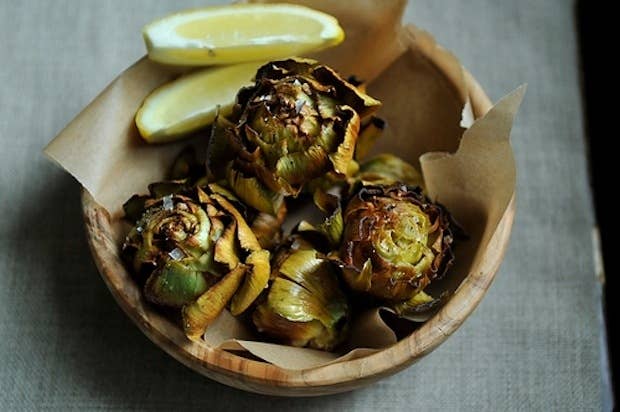
Are the Brussels sprouts in your fridge getting a little preachy?
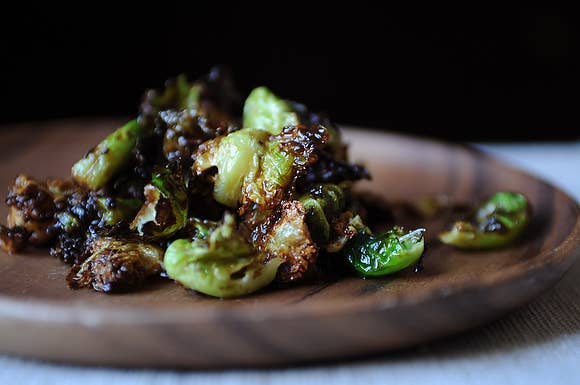
FRY THEM. FRY EVERYTHING.
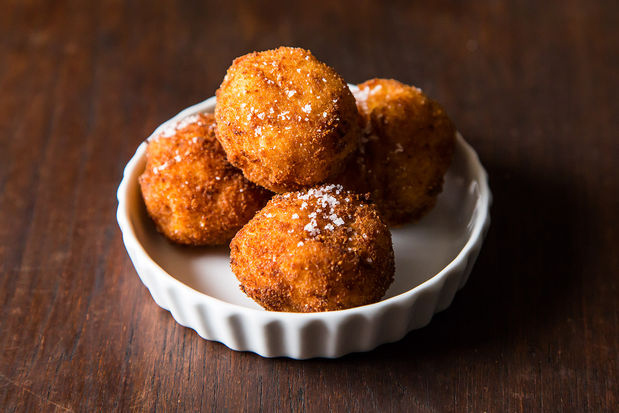
First things first: Choose your oil wisely.
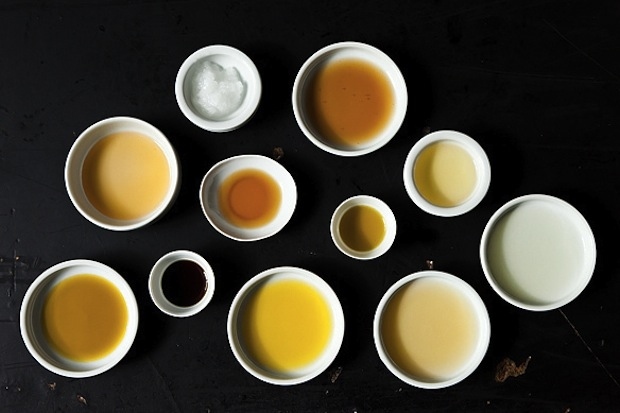
Second: Know what you need.
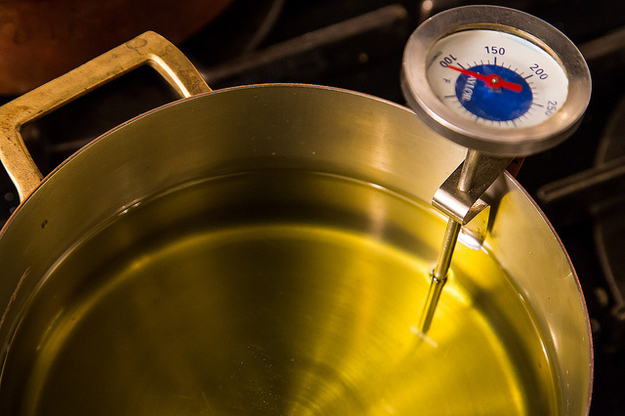
Don't have a thermometer? All is not lost.
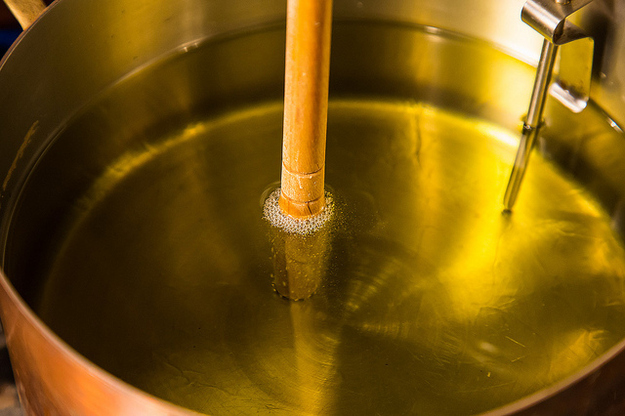
The 5 Rules of Frying
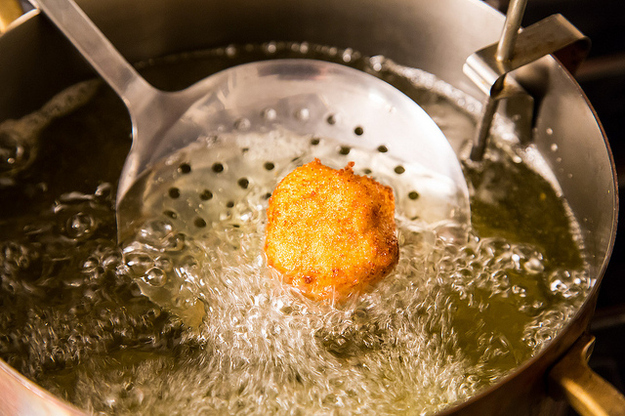
1. Temperature is the most important variable.
Once you add food to your hot oil, the temperature will drop -- therefore, you'll want to get it hot before cooking. Recipes may vary, but you'll want to preheat your oil to somewhere between 325 and 375 degrees. During cooking, you should aim to keep it between 250 and 325 degrees. Keeping your oil hot enough -- but not too hot -- will ensure crispy, golden, never-soggy results. If your oil begins to smoke, you know it's too hot. This can impart bad flavor on your food, so if you see smoke, remove your pan from the heat carefully.
2. Don't toss the food in.
One of the biggest deterrents to deep frying is the fear of hot oil splashing all over your kitchen and your self. While it's tempting to throw your food into the pot from afar to maximize the distance between yourself and the bubbling oil, this will actually increase the likelihood of splashing. Food dropped in from a short distance -- either by a fearless hand close to the oil's surface or a slotted spoon or bamboo strainer -- won't cause as much of a disturbance.
3. Beware of crowding.
Frying in large batches will cause the temperature of your oil to drop too low, resulting in a less crispy (and, therefore, less delicious) finished product. Fry in small batches, and be sure to stir while cooking -- this will fry your food more evenly. Frozen food should be cooked in very small batches in order to keep cooking temperatures level. Between batches, keep your oil clean by scooping out any pieces of food left behind.
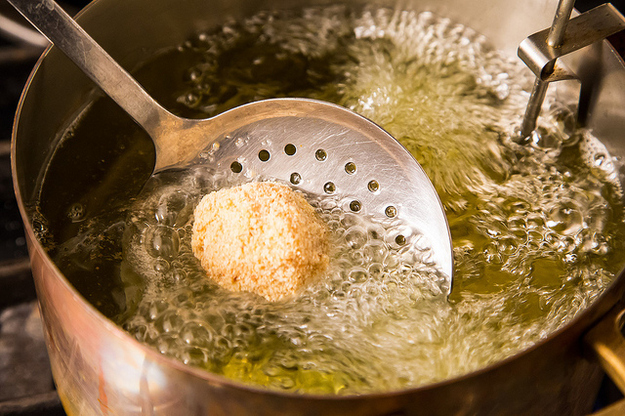
4. Don't forget to drain and season.
Once your food is done, drain on a paper towel-lined plate; this will absorb more oil than draining it on a wire rack. And be sure to season your food immediately -- after all, what is fried food without salt?
5. Dispose of your oil properly.
Don't pour hot oil down the sink. Ever. Save your oil bottles, let your oil cool after you're done cooking, and pour it back into the bottles with a funnel. Seal them tightly and toss them in the trash. Or don't toss them: If you're looking to conserve money and oil, you can safely store used oil for a few weeks after its first use. Be sure to strain out any lingering pieces of food -- a fine mesh strainer is great for this. To keep your oil from smelling stale, keep it in as dark and as cold of a place as you can find. Cook's Illustrated suggests keeping your used oil in a very dark, very cold freezer for up to two months.
Lastly, learn how to bread.
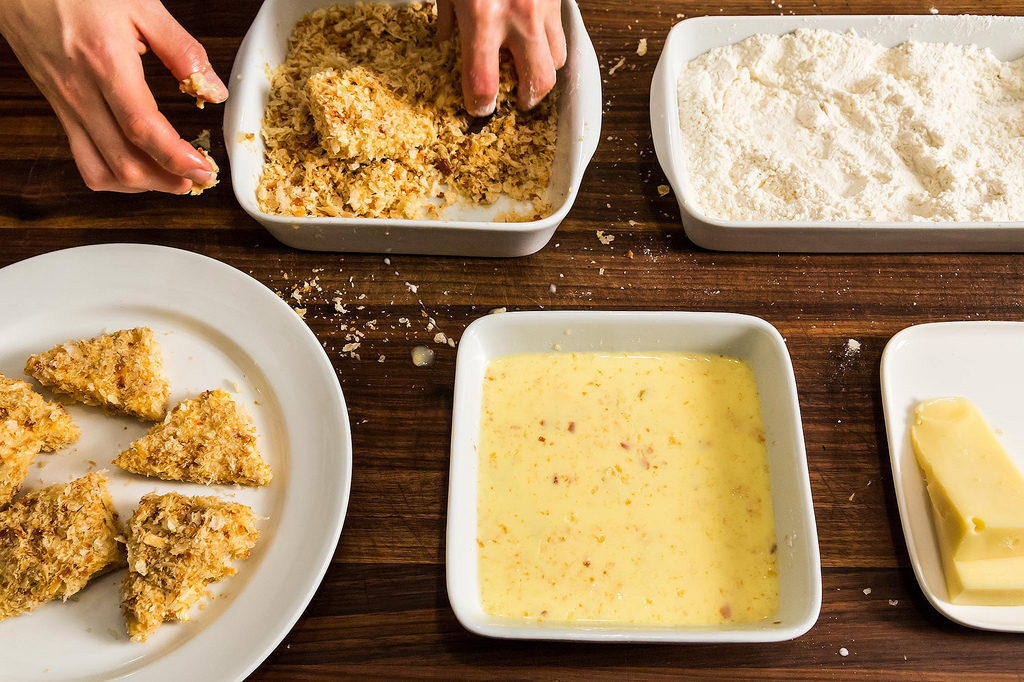
Now treat yourself to THIS.
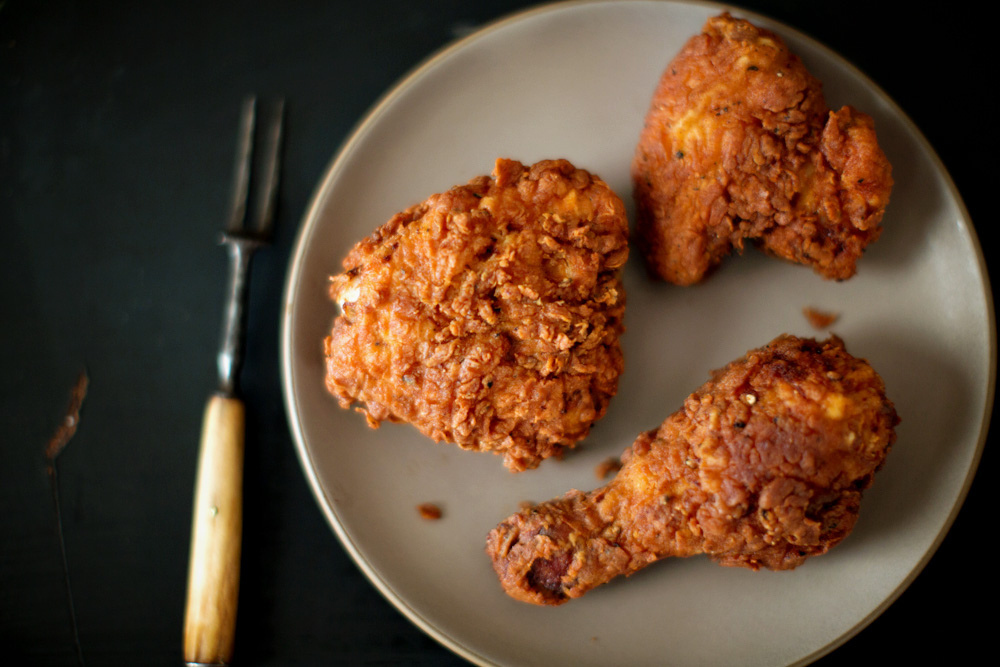
Food52 is a community for people who love food and cooking. Follow them at Food52.com and on Twitter @Food52. Or, get answers to your burning food questions with our new (free!) FOOD52 Hotline iPhone app.
